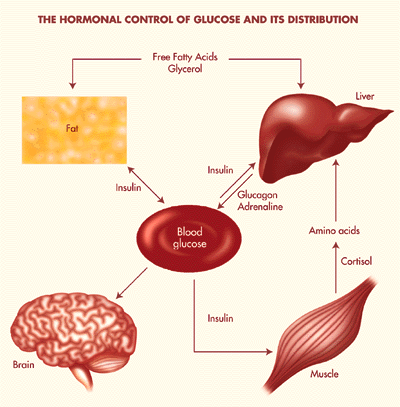Sheldon Singh, BSc
Toronto, ON and
George Fantus, MD, FRCPC,
Diabetology
Mount Sinai Hospital
Toronto, ON and
Director, Banting & Best Diabetes Centre Core Lab
In the USA, the prevalence of type 2 Diabetus Mellitus (T2DM), in individuals over 65 is estimated to be 10%. This is twice the prevalence of the overall USA population. The worldwide prevalence of T2DM is steadily increasing due to factors such as an increase in the elderly population, obesity, and decreased physical activity.
Multiple mechanisms are involved in the pathogenesis of T2DM including impaired insulin secretion by pancreatic b-cells, increased hepatic gluconeogenesis, and reduced glucose uptake by muscles and adipose tissue (see figure 1). These factors lead to hyperglycemia and in the long term, micro- and macrovascular complications. Available evidence indicates that improved glycemic control will decrease the complications of diabetes; this may be achieved with a combination of dietary, exercise and pharmacologic interventions.

Current pharmacologic agents used to treat T2DM include sulphonylureas (glibenclamide, gliclazide), biguanides (metformin), alpha-glucosidase inhibitors (acarbose), or insulin.